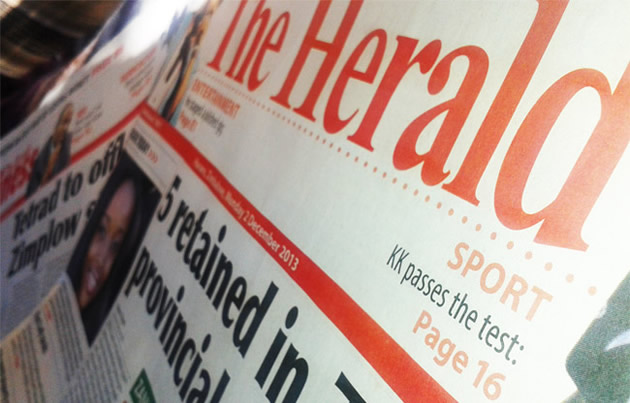Editorial Comment: CZI should meet Zesa half way

No one wants to pay more for electricity, so the Zimbabwe Energy Regulatory Authority’s tariff review is going to be unpopular.
But there are other factors that have to be considered and one of these is maintaining and upgrading existing power stations, so that we have fewer outages and less load shedding and then building new power stations so power cuts become rare events.
New equipment and new power stations will push up prices. This is because a utility and its regulator, have to use the weighted average of costs to find the actual break-even point and then start adding in other costs to get the actual tariff.
Kariba Dam is long paid for. There are no fuel costs, since it is a hydro-station. So all that Zesa has to pay for is its share of the dam maintenance costs, plus maintenance of machinery that does not really wear much plus replacement turbines, generators and transformers at fairly long intervals.
This power is now really cheap.
Hwange is different. For a start it is a coal thermal station, so every day Zesa has to buy coal. The machinery is more complex and wears out faster, so those costs are higher. And a larger labour force for every megawatt is required.
This means Hwange energy is a lot more expensive than Kariba energy. But if we build another power station and it does not matter if this is a hydro scheme or a new thermal, the energy from that will be a lot pricier than Hwange power.
Of course we can borrow the money, but the person lending it will want to know that there is cash, after the running and maintenance costs, to pay back. We have to have that cash-flow first and the problem is that this new station will be about 40 percent of our load.
A country like South Africa, with a lot of stations, can build a new very big one, but still only push up tariffs by about 5 percent. We must do a lot more than that.
On the other hand, everyone in Zimbabwe is paying a lot more for energy than just what Zesa charges. Candles are an expensive way of lighting a house; most factories and mines now have large generators, the sort of things that go through two litres of diesel a minute per megawatt.
So the objections by the Confederation of Zimbabwean Industries to a tariff hike must be smarter. For starters, they cannot just demand a tariff freeze. Rather, CZI should demand that any increase will result in significantly fewer power cuts.
In any case, industry can lower its energy costs by being more efficient. Domestic and most commercial users buy energy; we pay almost 10c for a kilowatt hour. Industry does not buy energy, it buys power.
A factory will pay Zesa a fee based on the maximum demand in a month. If the factory is running its machines 24 hours a day, seven days a week, the energy costs will be low. If it has a big spike for just a minute in a whole month, its energy costs will be huge. It can choose.
This tariff concept makes sense. Zesa does not have to build power stations to meet the demand at 2am when most people are asleep. It has to build to meet the maximum demand over a year.
So the more factories that can spread their load over 24 hours, the easier and cheaper it is for Zesa.
Fewer power cuts, in this system, not only mean lower diesel costs, but also lower electricity energy costs, because the factory can run on Zesa power for longer each month.
This is why CZI need to pay far more attention to load shedding, than to tariffs.
The regulator has a hard task. Perhaps CZI could have an observer at least in the discussions. No one wants to reward Zesa for inefficiency. What we need is some sort of deal whereby higher tariffs are offset by less — and more predictable — load shedding.









Comments